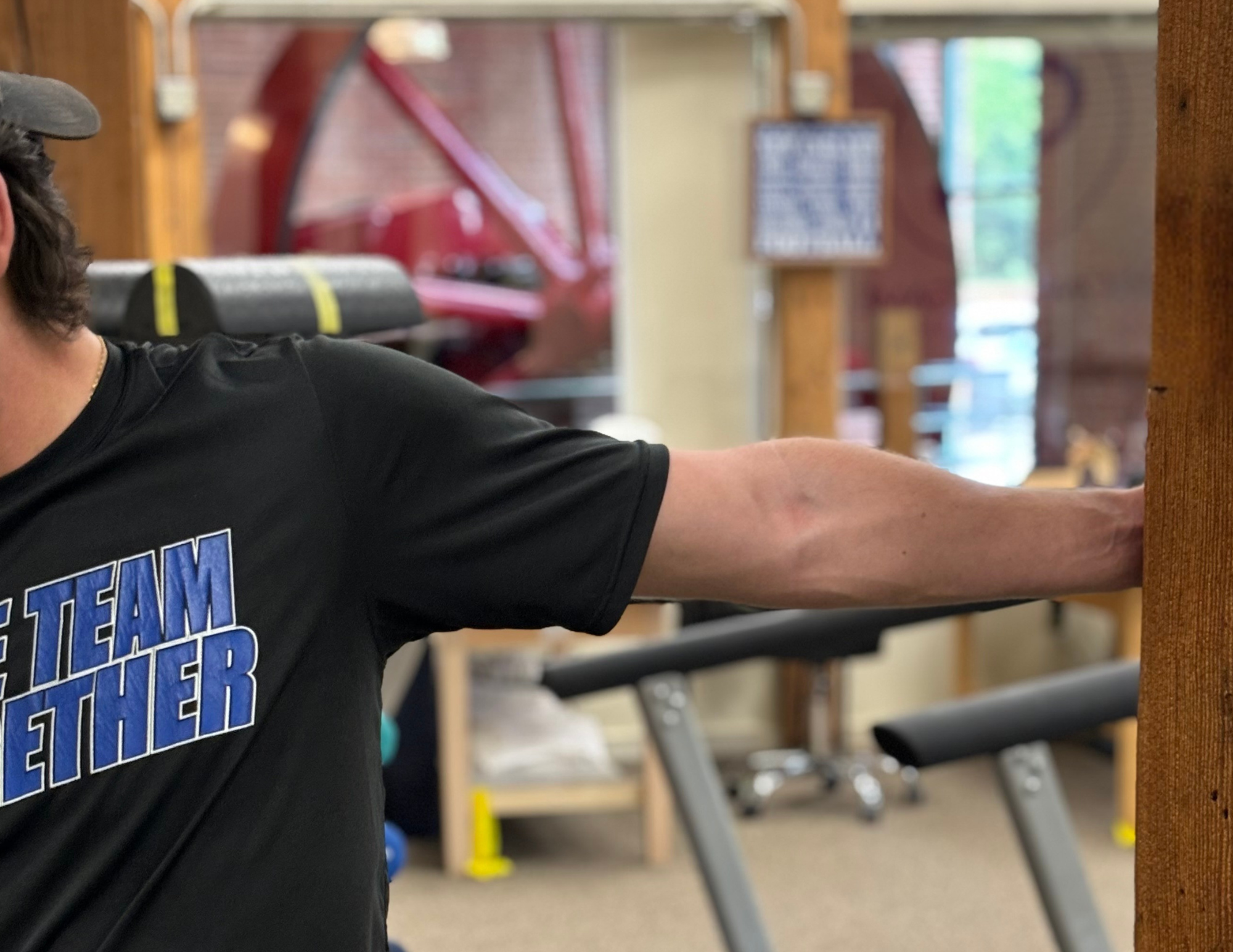Warming Up to Win: Preventing Shoulder and Elbow Injuries in Youth Baseball
In youth baseball, the repetitive overhead throwing motion places significant stress on the shoulder and elbow, leading to injuries such as rotator cuff strains, labral tears, shoulder impingement, and elbow tendinitis. These conditions not only sideline young athletes but can also impact their long-term development and enjoyment of the game.
The Importance of a Structured Warm-Up
A study titled "Throwing Injuries in Youth Baseball Players: Can a Prevention Program Help?" conducted a randomized controlled trial involving 237 players aged 9 to 11. Teams that implemented a structured warm-up program—comprising five stretching exercises, two dynamic mobility drills, and two balance training activities—experienced a 30% lower injury rate than those who did not. Additionally, players in the intervention group showed improvements in pitching performance, as indicated by increased ball speed. Waseda University+2Sage Journals+2PubMed+2PubMed+2PubMed+2Sage Journals+2
Key Components of an Effective Warm-Up
To safeguard young athletes, a comprehensive warm-up should include:
Stretching Exercises: Focus on the shoulder and elbow to enhance flexibility and reduce the risk of strains and tears.
Dynamic Mobility Drills: Prepare the muscles and joints for the demands of throwing by promoting active movement through the full range of motion.
Balance Training: Improve proprioception and neuromuscular control, which are crucial for maintaining proper throwing mechanics and preventing injuries.
Integrating Overhead Athlete Rehabilitation Principles
Incorporating rehabilitation strategies used for overhead athletes can further enhance injury prevention. These include exercises targeting the rotator cuff and scapular stabilizers, as well as drills that promote proper throwing mechanics. Regular assessment of shoulder and elbow function can help identify early signs of overuse and allow for timely intervention.
Conclusion
Implementing a structured warm-up routine that includes stretching, dynamic mobility, and balance training can significantly reduce the risk of shoulder and elbow injuries in youth baseball players. By adopting these practices, coaches and parents can help young athletes enjoy the game safely and develop their skills effectively. Sage Journals+2PubMed+2Waseda University+2
References:
Sakata, J., Nakamura, E., Suzuki, T., Suzukawa, M., Akeda, M., Yamazaki, T., Ellenbecker, T. S., & Hirose, N. (2019). Throwing Injuries in Youth Baseball Players: Can a Prevention Program Help? The American Journal of Sports Medicine, 47(11), 2709–2716. PubMed+3Sage Journals+3Waseda University+3
Sakata, J., Nakamura, E., Suzuki, T., Suzukawa, M., Akaike, A., Shimizu, K., & Hirose, N. (2018). Efficacy of a Prevention Program for Medial Elbow Injuries in Youth Baseball Players. The American Journal of Sports Medicine, 46(2), 460–469. PubMed+1PubMed+1
This article is an educational resource written by Complete Game employees. Complete Game bloggers are licensed professionals who abide by the code of ethics outlined by their respective professional associations. The content published in blog posts represents the opinion of the individual author based on their expertise and experience. The content provided in this blog is for informational purposes only, does not constitute medical advice, and should not be relied on for making personal health decisions.
Check out some of our other blog posts!
Follow us on social media!
Need physical therapy? Request an appointment below!








